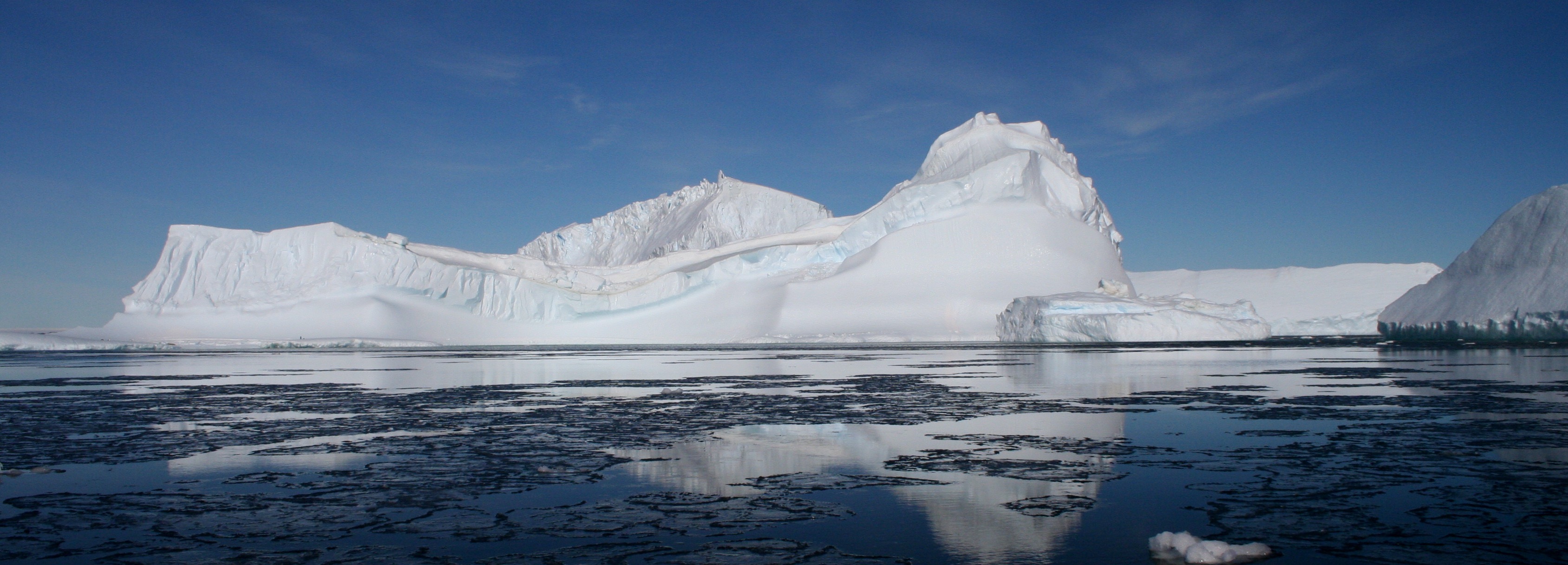Warm waters marching south threaten the East Antarctic Ice Sheet

New research from the University of Southampton has revealed for the first time how changes in Southern Ocean circulation are melting the East Antarctic ice sheet.
The research shows how warming waters off East Antarctica are linked to a reorganisation of water masses that could potentially compromise the stability of the East Antarctic ice sheet.
Published today in Nature Climate Change, the study fills a ‘critical knowledge gap’ as to how the East Antarctic ice sheet is melting and how it could become a major contributor to global sea level rise in the future.
Professor Alberto Naveira-Garabato from the School of Ocean and Earth Science and co-author of the study, said: “As the climatic conditions responsible for the observed ocean changes are predicted to persist into the 21st century, the movement of warm waters towards East Antarctica may continue to intensify, threatening the ice sheet’s future stability.
“The warming is occurring just offshore of the glaciers with the fastest grounding line retreat – the point where glaciers start to float.”
The study is in partnership with Australia’s national science agency, the Commonwealth Scientific and Industrial Research Organisation (CSIRO).
Dr Laura Herraiz-Borreguero, CSIRO scientist and lead author of the study, said: “The Earth’s ice sheets which are formed from snow accumulation over land and time, play a crucial role in our global climate system."

In this study, the team analysed nine decades worth of oceanographic data of the Aurora Subglacial Basin, which is found in the Indian Ocean sector of East Antarctica and holds a 5.1-metre sea level rise potential.
Dr Herraiz-Borreguero said: “We found there has been an unequivocal ocean warming over the continental slope of up to 2 to 3ºC since the earlier half of the 20th century."
The results indicate that the warming of the continental shelf is associated with a multi-decadal, summer-focused poleward shift of the westerly winds over the Southern Ocean.
This change in wind latitude drives a poleward shift of the southern part of the Antarctic Circumpolar Current, which means more warm water moves closer to Antarctica.
Dr Herraiz-Borreguero added: “Our observations from in front of the Vanderford Glacier suggest that this warm water, also known as Circumpolar Deep Water, is replacing the colder Dense Shelf Water.
“We don’t know exactly how this water mass exchange occurs, however the reduction in salinity as water melts is likely to play a major role.
“The response of this basin to climate change is one of the largest uncertainties in current projections of sea level rise by the year 2100.”

Ice sheets are glacial ice that has accumulated from precipitation over land and ice shelves are floating sheets of ice formed from glacial ice sheets.
“Limiting warming below 1.5ºC is the best way to keep the Antarctic Ice Sheet stable, as well as limiting global mean sea level rise to around 0.5 m by 2100, and slowing the pace at which sea level will rise”, Dr Herraiz-Borreguero said.
“This enables greater opportunities for adaptation in the human and ecological systems of small islands, low-lying coastal areas and deltas”.
Prof Naveira-Garabato added: “To limit warming to 1.5ºC, global greenhouse gas emissions need to fall to 43% below 2019 levels by 2030, and to 84% by 2050”.
The full results of the study have been published today in Nature Climate Change.